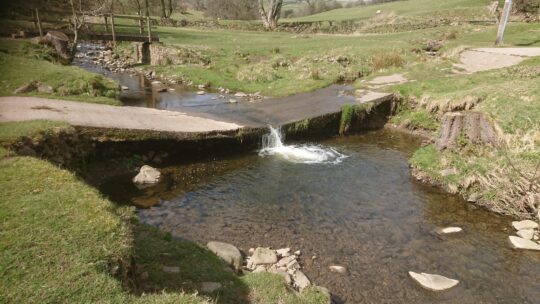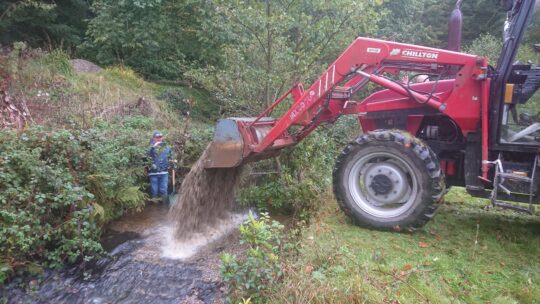At the WTT Annual Get Together earlier this year, I had the pleasure of bumping into a former MSc student of mine, Simon Whitton, who now works at Affinity Water and is collaborating with colleagues at Cranfield University, supervising PhD students of his own; a perfect opportunity for another guest blog or four! Since abstraction and chalk streams have hit the headlines repeatedly and this year especially, we should follow Mickaël's progress with interest (and that of Jess Picken too)....
Chalk streams are highly important ecosystems and are a fundamental component of the landscape in the south and east of England. They are hotspots of ecological diversity and support important fisheries for trout and dace amongst others. However, the water that feeds chalk streams originates from groundwater, which is under increasing pressure from abstraction to supply our expanding urban populations. This conflict puts chalk streams squarely in the sights of environmental regulators and water companies as they try to find the best ways to preserve the ecology and the water supply. Hence, my project is sponsored by Affinity Water, and the Environment Agency, and is a part of Cranfield University’s Industrial Partnership PhD studentship programme.

